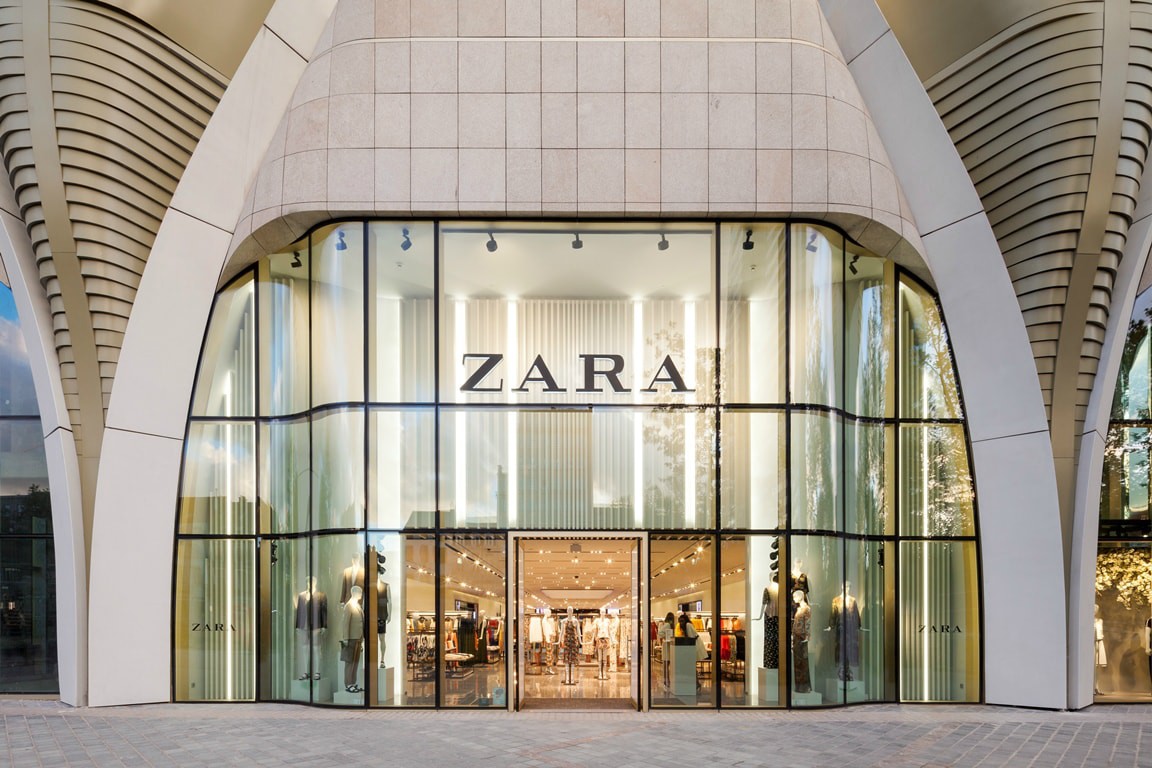Zara is facing countless calls by customers to boycott the major retail fashion brand after it ran an advertising campaign which many say too closely resembled images from the tragic Israel-Gaza war.
It is not the first major fashion retailer to face backlash over what some people deem to be highly insensitive advertising campaigns. Last month, M&S apologised after it posted a photo on Instagram of Christmas party hats in the colours of the Palestinian flag on fire.
In Zara’s case, it faced harsh criticism and calls for a boycott after it ran a series of images showing a model holding a mannequin wrapped in white plastic. The images from the same campaign features a background of cracked stones, damaged statues and broken plasterboard.

Critics say the images resemble photos that emerged from Gaza following Israel’s bombing of the region in retaliation for the 7th October attack by Hamas. Since the attack by Hamas, Israel has carried out a relentless campaign from the ground, air and sea, and is itself facing backlash for limiting the amount of humanitarian aid and supplies getting into Gaza and its civilians.
According to the BBC, the ad campaign was agreed upon in July and shot in September, before the war began. And, photos deemed the most offensive have been pulled off Zara’s socials, however other images from the same campaign remain.
Malta enjoys second lowest electricity prices in the EU
The cost of 100 kWh of electricity ranges from €38.4 in Germany to a low of €6.2 in Turkey
RedCore invests in promising projects: find out more at SIGMA Rome
The international business group RedCore invites SIGMA Rome participants to meet their investment team at its conference stand
Malta’s olive oil cooperative predicts good harvest, but future remains bleak
Malta's olive oil farmers face a number of financial and environmental hurdles






